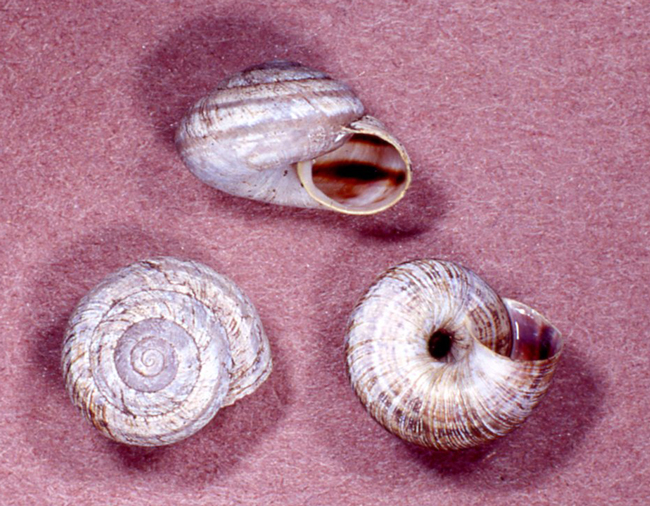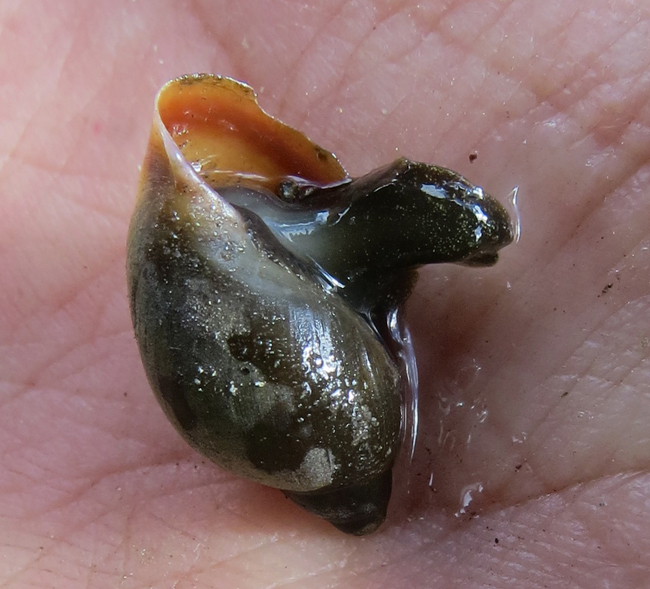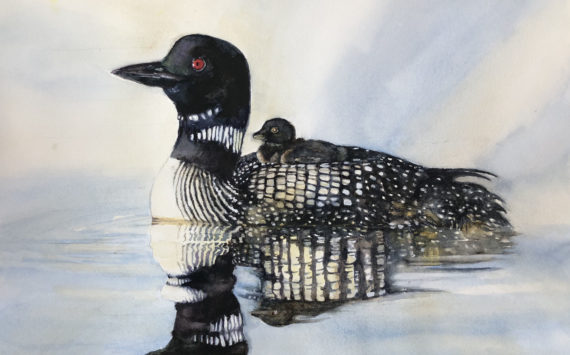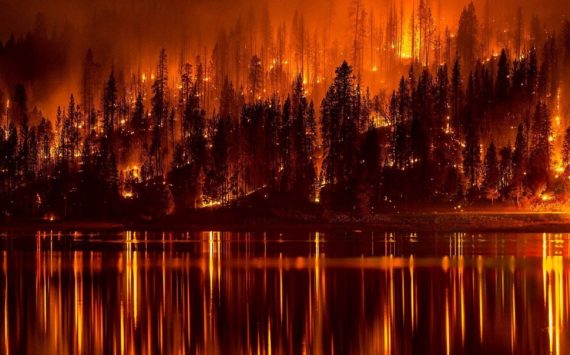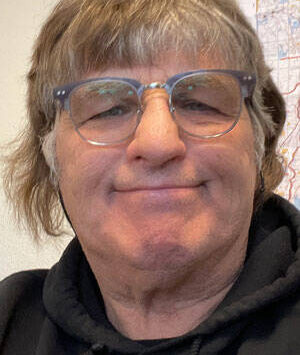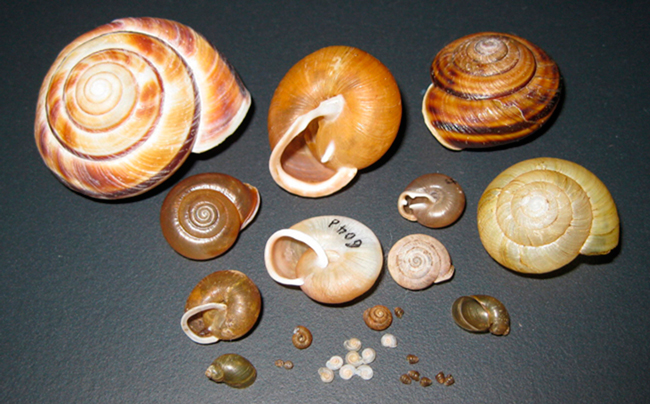

A wide variety of snails can be found in the area.
TONASKET – The Highland Wonders educational series is moving indoors again with a new line-up of presentations featuring the natural history of the Okanogan Highlands and surrounding areas.
The events will be held on the first Friday of the month from November through April (skipping December in light of the many holiday activities) and are brought to you by Okanogan Highlands Alliance. All of OHA’s educational events are free of charge to the community (donations are always welcome).
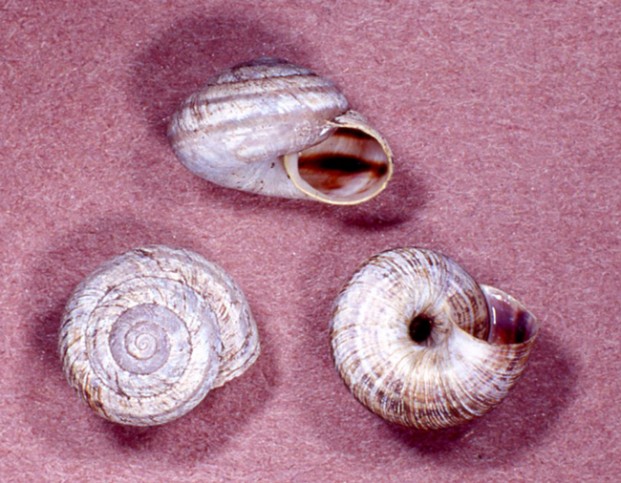

One of several as yet unnamed species from Chelan County.
On Friday, Nov. 4, Tom Burke brings to the Highland Wonders series his 45 years of experience as a wildlife biologist in Washington State, with a unique presentation on mollusks. Although they are often associated with the west side of the state, the Okanogan is home to both terrestrial and aquatic mollusks, such as snails, slugs, freshwater mussels, pea clams, and fingernail clams. Burke’s presentation on Inland Mollusks of the Okanogan Highlands will include photographs of many of the species found in our area, and discussion of the biology, known distribution, and abundance of selected species. Burke’s bigger picture draws upon experience in planning; environmental assessment; program management for wildlife habitat, fisheries, and threatened, endangered and sensitive species; fire recovery; wetland surveys; parasite studies; and developing survey guidelines and management recommendations for mollusks. Much of his special expertise and knowledge of land mollusks can be found in his guide, “Land Snails and Slugs of the Pacific Northwest.” Community members will learn about aquatic snails and freshwater clams based on Burke’s experience in collecting and identifying those species from the region. This event will begin to unlock the mysteries of these enigmatic species, which play an important ecological role in the Okanogan Highlands, and how they can be used as an indicator of ecosystem health.
While the event begins at 6:30 p.m. at the Community Cultural Center (CCC) of Tonasket, 411 S. Western, Ave., there is a dinner benefiting the CCC at 5:15 p.m., followed by the presentation with tea, coffee and desserts). The presentation is free; dinner is $8 for CCC members and $9 for non-members; desserts are by donation (benefit for the CCC).
Burke attended Tacoma Community College, then Washington State University, where he graduated in 1971 with a BS in Wildlife Biology. He was granted the designation as Certified Wildlife Biologist® by the Wildlife Society in 1979. Following college, Burke worked for the US Forest Service as a Forestry Technician, then became the first Wildlife Biologist on the Colville National Forest (1972 through 1992). He then moved to Olympia, where he worked for the Wenatchee National Forest in the office of the WA Dept. of Wildlife in an interagency exchange program, with the title of Priority Habitat Specialist. After the severe wildfires in 1994, he was transferred to the Entiat Ranger District to work on fire recovery, where he completed his career as wildlife, botany, ecology, and reforestation staff, retiring in 2002.
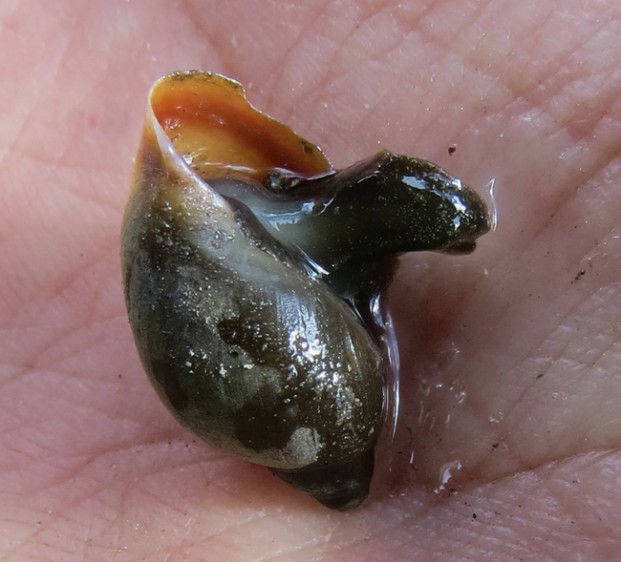

A type of Physidae snail from Myers Creek near Chesaw.
Burke became interested in mollusks while doing wetland surveys and working on parasite studies on the Colville National Forest. Finding no current guides to the identification of the western land snails, he began collecting data to develop those keys, and has been focused on this effort ever since. In 1994, he began work on the Interagency Mollusk Taxa Team, developing survey guidelines and management recommendations for 43 species of mollusks (24 land snails and slugs, and 19 aquatic snails and mussels).
Following his retirement in 2002, Burke has continued to work on mollusk surveys and identification under contract for various agencies and organizations. While doing surveys for the BLM in the San Juan Islands, he was asked to propose an identification guide for the inland mollusks. The result was a guide to Land Snails and Slugs of the Pacific Northwest, with photographs by Bill Leonard, published by Oregon State University Press in 2013. Approximately 250 species and subspecies are described in the book, “Land Snails and Slugs of the Pacific Northwest,” by Thomas E. Burke, with photographs by William P. Leonard (2013, OSU Press). The geographic area covered by this book includes all of Washington, Oregon, Idaho, and western Montana to the Continental Divide.
This educational event is provided by OHA, and hosted at the CCC. OHA is a non-profit organization that works to educate the public on watershed issues. The Highland Wonders educational series features the natural history of the Okanogan Highlands and surrounding areas. OHA’s Education Program, which is offered free of charge, is designed to build the capacity of the community to steward natural habitats and resources by helping increase awareness of local natural history.
More info about this and other upcoming events: www.okanoganhighlands.org/education/hw. Questions? julie@okanoganhighlands.org or 509-476-2432.
